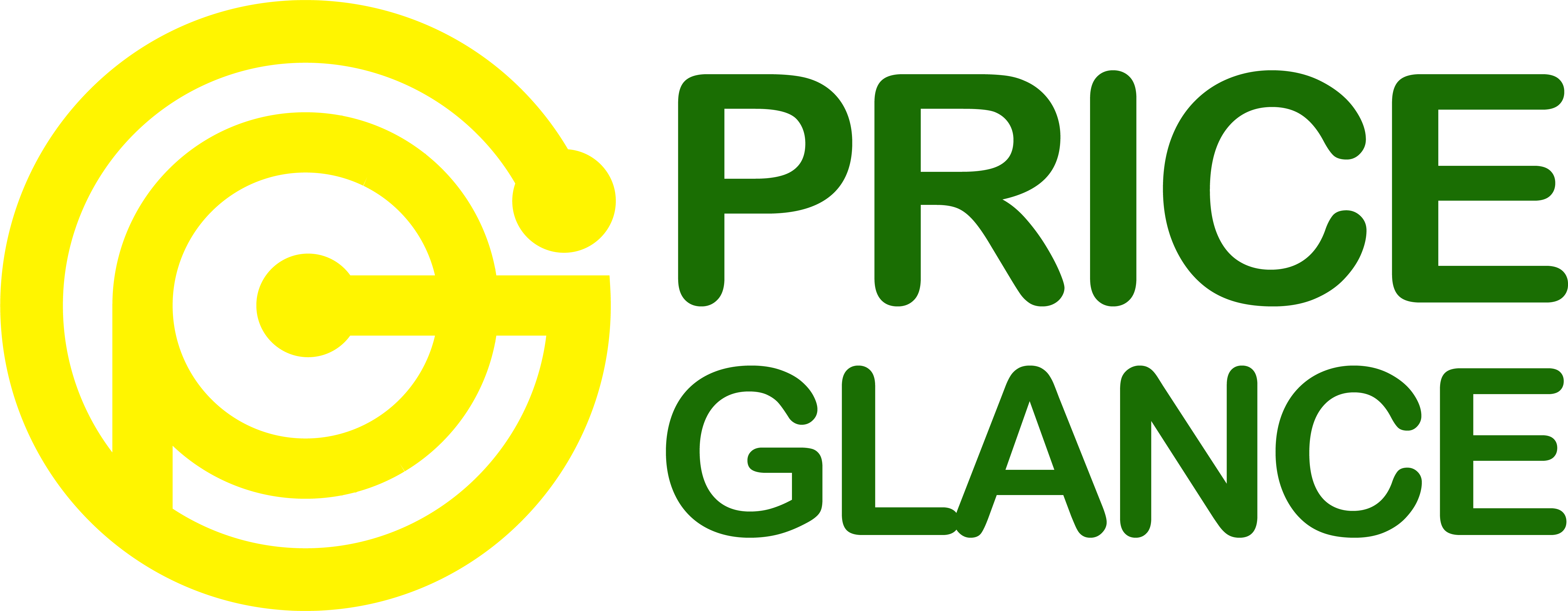
Understanding your competitors is also a way to ensure that you are always up-to-date with the latest industry developments. And one effective way to do so is by monitoring changes on your competitors’ websites, such as homepage updates, price changes, customer reviews, and media activities. So how can you do this effectively? Let’s find out in the following article.
Why Monitor Your Competitor’s Website for Changes?
Understanding market trends and strategies
- Keeping abreast of market trends: Monitoring your competitors’ websites allows you to stay informed about emerging trends and shifts in consumer behavior within your industry.
- Analyzing competitor strategies: By observing changes on your competitors’ websites, you can gain insights into their marketing, product development, and pricing strategies. This understanding helps you refine your own strategies to stay competitive in the market.

Understanding market trends and strategies
Identifying potential threats and opportunities
- Anticipating competitive moves: Regularly monitoring your competitors’ websites enables you to anticipate their actions, such as new product launches, promotional campaigns, or market expansions, which may pose threats to your business.
- Discovering untapped opportunities: On the flip side, analyzing changes on competitor websites can also unveil potential opportunities for your business, such as gaps in the market or areas where you can differentiate yourself to attract more customers.
The factors you should monitor on your competitor’s website and how to Monitor a Competitor’s Website for Changes
Website Homepage and Sitemap
Importance of homepage and sitemap monitoring:
The homepage serves as the digital storefront for a business, often providing key information about products, services, and promotions.
Monitoring the homepage allows businesses to stay updated on their competitors’ branding strategies, new product launches, and messaging tactics.
Sitemaps provide a structural overview of a website, helping businesses understand the organization of content and potential areas of focus for their competitors.
Tools and methods for monitoring changes:
Utilize website monitoring tools for real-time updates on homepage changes and sitemap modifications.
Set up alerts and notifications to receive instant updates whenever there are changes to the competitor’s homepage or sitemap.
Regularly visit competitor websites and manually inspect the homepage and sitemap for any noticeable changes or updates.
Prices and Promotions
Impact of pricing changes on competitiveness:
Pricing plays a crucial role in influencing consumer purchasing decisions and directly impacts a business’s competitiveness in the market.
Monitoring pricing changes allows businesses to assess their competitors’ pricing strategies and adjust their own pricing accordingly to remain competitive.
Techniques for tracking pricing updates:
Price Glance offers real-time price updates and effortless price comparison, enabling businesses to monitor their competitors’ pricing changes seamlessly.
Set up price alerts using Price Glance to receive notifications whenever there are price adjustments or promotions on competitor products.
Analyze historical pricing data to identify pricing trends and patterns, helping businesses anticipate future pricing strategies of their competitors.

Price Glance offers real-time price updates and effortless price comparison
News and Press Releases
Staying informed about competitor announcements:
Keeping abreast of competitor news and press releases provides valuable insights into their business activities, product launches, and strategic initiatives.
Understanding competitor announcements allows businesses to gauge market trends, assess competitor positioning, and identify potential areas of collaboration or differentiation.
Strategies for tracking news and press releases:
Subscribe to competitor newsletters and press release distribution lists to receive updates directly from the source.
Set up Google Alerts or utilize media monitoring tools to track mentions of competitors in news articles and online publications.
Monitor industry-specific news websites and trade publications for updates on competitor activities and industry developments.
Customer Reviews
Leveraging customer feedback for insights:
Customer reviews offer firsthand insights into the strengths, weaknesses, and overall customer satisfaction with competitor products and services.
Analyzing customer feedback allows businesses to identify areas for improvement, benchmark their performance against competitors, and refine their marketing strategies.
Monitoring review platforms and social media:
Utilize review aggregation platforms such as Yelp, Google Reviews, and TripAdvisor to monitor customer reviews and ratings of competitor businesses.
Track mentions of competitors on social media platforms like Twitter, Facebook, and Instagram to stay informed about customer sentiments, complaints, and recommendations.
Engage with customers directly on social media channels to address concerns, gather feedback, and enhance brand reputation.
Social Media
Understanding competitor social media strategies:
Social media platforms serve as essential channels for brand promotion, customer engagement, and content dissemination.
Monitoring competitor social media activities provides insights into their content strategy, audience engagement tactics, and brand messaging.
Tools for tracking social media updates:
Utilize social media monitoring tools such as Hootsuite, Buffer, or Sprout Social to track competitor mentions, hashtags, and content performance.
Set up Google Alerts for competitor brand names and keywords to receive notifications whenever they are mentioned on social media platforms.
Conduct regular competitor analysis to benchmark your social media performance against competitors, identify emerging trends, and refine your social media strategy accordingly.
Conclusion
In conclusion, monitoring competitor websites is essential for businesses to stay competitive, adapt to market dynamics, and seize opportunities for growth. By leveraging insights gained from competitor analysis, businesses can strategically position themselves for success in their respective industries.
